Marathon Fever: One Week Before NYC
/The official 1 week countdown until the NYC Marathon has begun! It's an exciting week of anticipation, racing jitters, tapering, rehabbing and last minute prep for runners all over the world who come to run the most popular marathon on the planet.
Anxiety levels for travelers has just risen due to the impending wrath of Hurricane Sandy in the NYC metro area. God-willing, damage will be minimal and all planned events surrounding the marathon will go according to plan.
So what should you focus on this week? NOT RUNNING.
What I mean by not running is that you should not spend this week trying to make up miles you didn't/weren't able to do previously. I tell all my runner patients that it's better to be undertrained and healthy vs. overtrained and injured. DON'T INJURE YOURSELF THIS WEEK!
By this point, you've done your training, your long 20 mile runs and have experienced the struggles and pains of going the distance, so enjoy this week. Take this week to heal your body, get some solid sleep, properly fuel & hydrate, increase your stretching and finalize your race day logistics.
More importantly, take this week to thank family and friends who've supported you throughout this marathon journey. I'd like to thank my beautiful, loving and amazing wife for all her support. Training for a marathon while juggling life with two kids (4 and 2) takes compromise and sacrifice. My wife has supported me throughout this training process, and I couldn't have done it with her. I'm grateful for her sacrifice, thank you love.
Get amped up! Marathon fever is upon us!
IRON PT WOD: 10/28/2012
Upper body and core workout at home: Push-ups, planks, leg lifts, crunches, stretching
IRON PT WOD: 10/27/2012
9 mile trail run....another Freedom Run - no GPS watch looking over my shoulder







